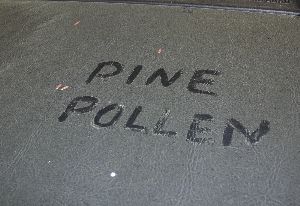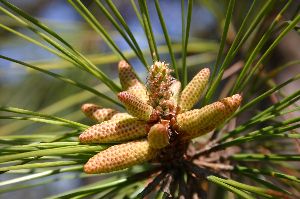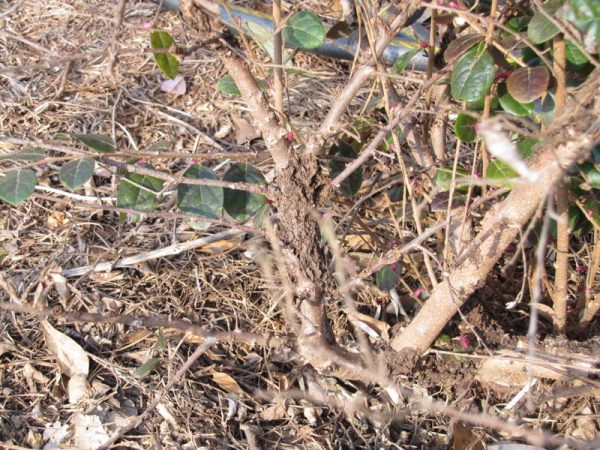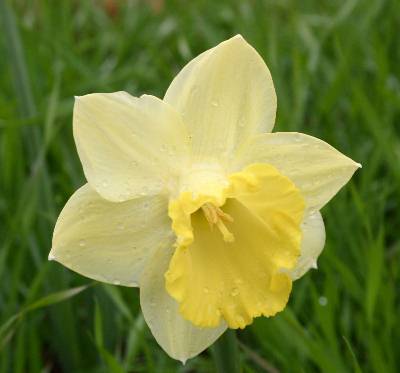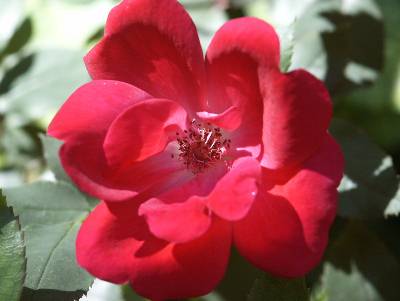Pine Pollen – Predicting

Q: We are preparing to paint the outside trim of our house, and would like to avoid the peak time for pine pollen. Can you approximate when we can expect the “yellow curse” to appear?
A: Yikes! Considering that a single tree can release 40 oz. of pollen, I can understand your concern!
Lets add together some research and see what we get. University of Georgia forester Kim Coder says “Pine pollen comes from the male cones at the end of lower branches. Relative humidity, wind, moisture and health of the male cone all make a difference. Dry, warm, sunny days open the cone and spread the pollen. Warm weather out of Florida passes over any one spot in Georgia for about two and a half weeks.”
Dr. Robert Bardon says: “To determine when the pine pollen season will begin and when the trees will be producing the maximum amount of pollen one needs to estimate the number of degree-days above 55 Fahrenheit after February 1. You can use the Degree-Day calculator at Georgia Weather Net to display how many degree-days have occurred since Feb 1. . When the total degree-days is approximately 300 degree-days we begin to see the pine tree releasing pollen. Once a sum total of 636 degree-days is reached, pollen production is at its peak.
Searching the Internet uncovered several newspaper articles about pine pollen, individually dated April 4, March 26, March 25, and March 17.
But most helpfully, Bruce Railsback, University of Georgia geology professor, has collected data from the Atlanta Allergy Clinic. His research reveals that pine pollen usually peaks in early April.
In March of 2004 the Atlanta Allergy Clinic released a graph of peak pollen counts for the past ten years. Those peak dates were:
3/30/95 2531
4/23/96 1831
3/31/97 4601
4/08/98 2347
4/12/99 6013
3/29/00 2837
4/10/01 3488
4/09/02 1544
4/04/03 4777
3/29/04 5156
My conclusion?
You should avoid painting from mid-March to early April.
MORE INFORMATION:
Don’t Blame Pine Trees for Springtime Sneezes by Kim D. Coder
